Capabilities
Manufacturing Facilities


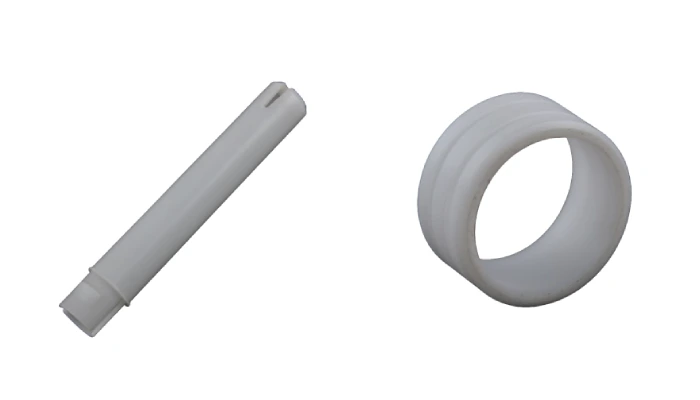
Injection molding facilities are highly efficient and versatile manufacturing establishments that play a crucial role in the production of various plastic products. These facilities are equipped with state-of-the-art machinery and equipment that enable the injection molding process, where molten plastic is injected into a mold and cooled to form the desired shape. The facilities are designed to handle a wide range of plastic materials, such as thermoplastics and thermosetting polymers, allowing for the production of diverse products.


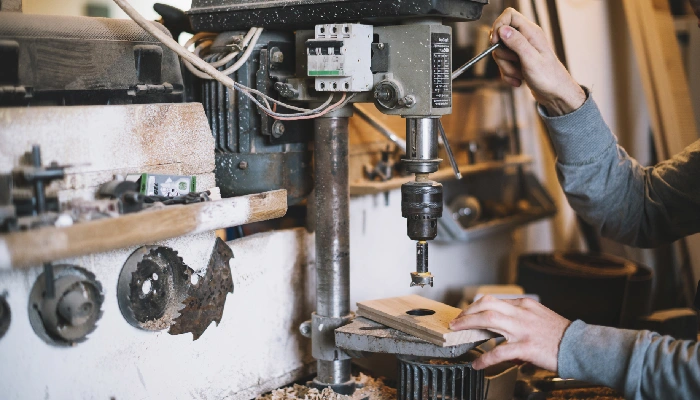
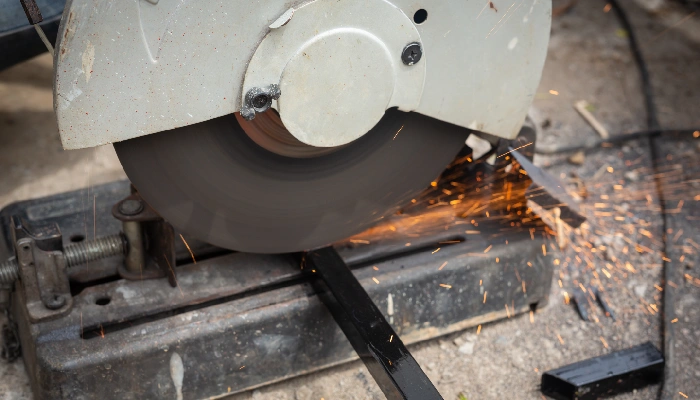
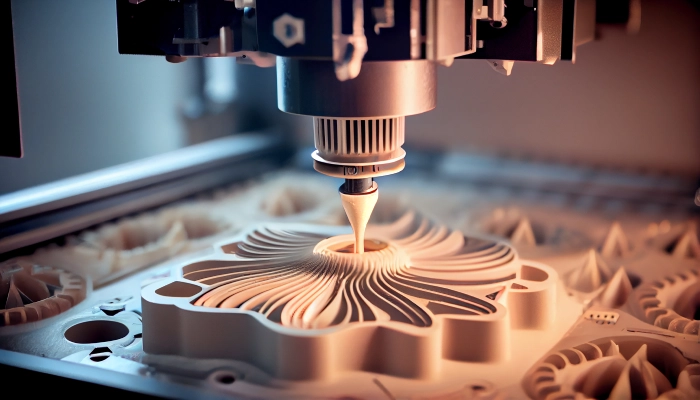
Our machining facilities are equipped with state-of-the-art technology, allowing us to provide high-quality precision machining services. Our facilities boast a wide range of cutting-edge machines, including CNC mills, lathes, grinders, and drilling machines. These machines are meticulously maintained to ensure optimal performance and accuracy. With our advanced equipment and highly skilled machinists, we can produce complex parts with tight tolerances and intricate designs.
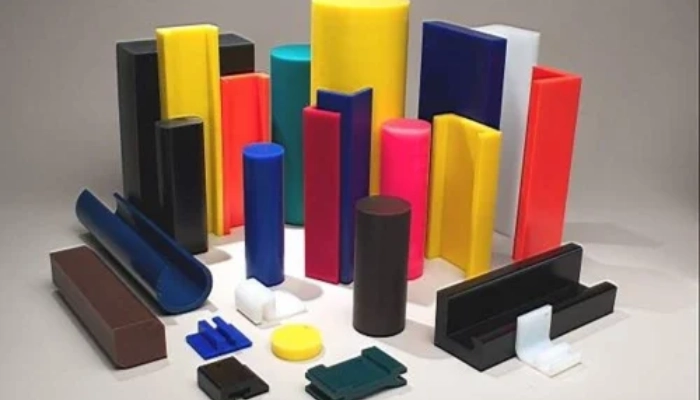


UHMWPE (Ultra-High Molecular Weight Polyethylene) is a versatile and high-performance material that is widely used in various industries. However, there are certain applications and scenarios where the exclusion of UHMWPE may be necessary. One possible reason for excluding UHMWPE is its relatively low resistance to high temperatures. The material has a melting point around 135 degrees Celsius, which can pose a problem in applications that involve exposure to extreme heat.

Research and development (R&D) and new product development (NPD) facilities are essential for engineers to innovate and create cutting-edge products and technologies. These facilities provide engineers with the tools, resources, and support they need to conduct experiments, test prototypes, and develop new concepts. R&D facilities are equipped with advanced equipment and technologies to explore new ideas and push the boundaries of what is possible. NPD facilities focus on translating these ideas into tangible products that meet market demands and customer needs.

A casting facility serves as a vital cog in the manufacturing process, tasked with crafting intricate and complex parts through the art of casting. Within this facility, an array of specialized equipment and machinery, including ovens, molds, and casting machines, are meticulously arranged to produce top-tier elastomer components. The casting process unfolds as follows: a meticulous formulation is concocted, meticulously mixed, and precisely dispensed before being poured into meticulously preheated molds. Thereafter, the concoction is left to solidify, gracefully assuming the desired form. Ensuring utmost precision, a casting facility upholds stringent quality control standards, meticulously scrutinizing each part to guarantee alignment with requisite specifications and application standards.



Injection molding facilities are highly efficient and versatile manufacturing establishments that play a crucial role in the production of various plastic products. These facilities are equipped with state-of-the-art machinery and equipment that enable the injection molding process, where molten plastic is injected into a mold and cooled to form the desired shape. The facilities are designed to handle a wide range of plastic materials, such as thermoplastics and thermosetting polymers, allowing for the production of diverse products.





Our machining facilities are equipped with state-of-the-art technology, allowing us to provide high-quality precision machining services. Our facilities boast a wide range of cutting-edge machines, including CNC mills, lathes, grinders, and drilling machines. These machines are meticulously maintained to ensure optimal performance and accuracy. With our advanced equipment and highly skilled machinists, we can produce complex parts with tight tolerances and intricate designs.



UHMWPE (Ultra-High Molecular Weight Polyethylene) is a versatile and high-performance material that is widely used in various industries. However, there are certain applications and scenarios where the exclusion of UHMWPE may be necessary. One possible reason for excluding UHMWPE is its relatively low resistance to high temperatures. The material has a melting point around 135 degrees Celsius, which can pose a problem in applications that involve exposure to extreme heat.

Research and development (R&D) and new product development (NPD) facilities are essential for engineers to innovate and create cutting-edge products and technologies. These facilities provide engineers with the tools, resources, and support they need to conduct experiments, test prototypes, and develop new concepts. R&D facilities are equipped with advanced equipment and technologies to explore new ideas and push the boundaries of what is possible. NPD facilities focus on translating these ideas into tangible products that meet market demands and customer needs.

Inspection facilities serve as a critical component in the supply chain, safeguarding the quality and safety of products before they are distributed to consumers. Their meticulous examination of products helps minimize the risks of recalls, lawsuits, and damage to the brand’s reputation. By investing in inspection facilities, companies demonstrate their commitment to delivering high-quality products that meet industry standards and consumer expectations. They can detect potential hazards in products that could jeopardize the safety of consumers. By identifying and eliminating these risks through thorough inspections, these facilities help protect consumers from harm and uphold the reputation of the brand.
Inspection Facilities
Dimensional measuring instruments are essential tools used in a wide range of industries to accurately assess and quantify physical dimensions of various objects. These instruments play a crucial role in quality control, engineering, manufacturing, and research and development processes. One commonly used dimensional measuring instrument is the caliper, which can measure the distance between two points with high precision. Additionally, coordinate measuring machines (CMMs) are capable of measuring the dimensions of complex three-dimensional objects with exceptional accuracy. Other instruments, such as height gauges, depth gauges, and thickness gauges, are used to measure specific dimensions of objects.
Visual inspection is a crucial quality control process that involves the careful examination of products, materials, or components to ensure they meet specific requirements or standards. It relies entirely on the human eye and does not involve any measuring instruments or specialized equipment. During a visual inspection, the inspector thoroughly examines the object, looking for any defects, deformities, discolorations, or abnormalities that may affect its functionality or appearance. This process is particularly important in industries such as manufacturing, automotive, and construction, where even the slightest flaw can have serious consequences.
Hardness measurement is an important parameter used to evaluate the resistance of a material to indentation or scratching. It provides valuable information about a material’s strength, durability, and wear resistance. There are various methods to measure hardness, including Rockwell, Brinell, Vickers, and Knoop hardness tests. Each test employs a different type of indenter and applies different loads to determine the material’s hardness value. These measurements are conducted using specialized testing machines or instruments and are often crucial in determining the suitability of a material for specific applications or to ensure quality control in manufacturing processes.

Dimensional Measuring Instruments
Dimensional measuring instruments are essential tools used in a wide range of industries to accurately assess and quantify physical dimensions of various objects. These instruments play a crucial role in quality control, engineering, manufacturing, and research and development processes. One commonly used dimensional measuring instrument is the caliper, which can measure the distance between two points with high precision. Additionally, coordinate measuring machines (CMMs) are capable of measuring the dimensions of complex three-dimensional objects with exceptional accuracy. Other instruments, such as height gauges, depth gauges, and thickness gauges, are used to measure specific dimensions of objects.

